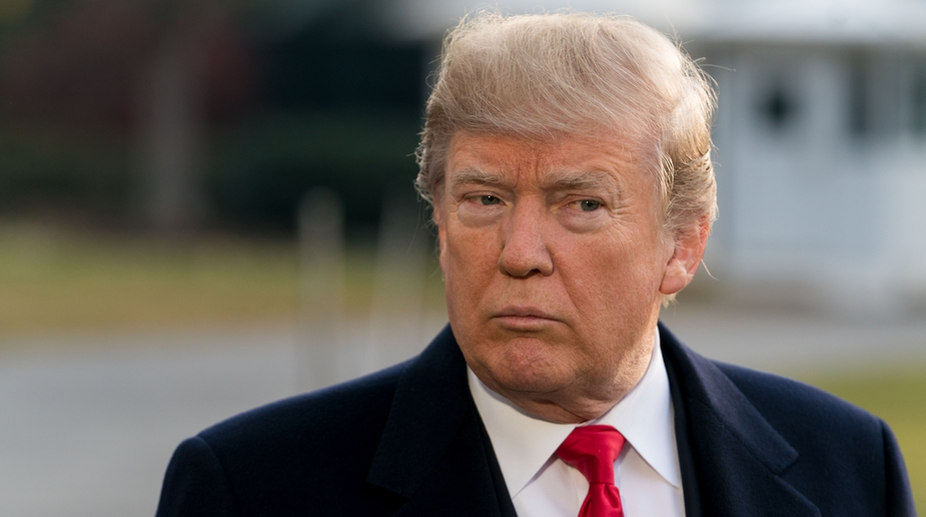US President Donald Trump has signed an order imposing tariffs worth $60 billion in Chinese imports in his strongest trade action against any country. Beijing threatened Washington with higher tariffs worth $3 billion for imported US products.
Financial markets plunged on fears of a potential trade war between the world’s two largest economies. Trump declared that China was responsible for thousands of lost American jobs and billions in lost revenues.
Advertisement
The White House said on Thursday it was taking action in retaliation for China’s use of pressure and intimidation to obtain American technology and trade secrets.
The measures included a significant change in Trump’s looming steel and aluminium tariffs that would aim them primarily at China, the Washington Post reported.
After Trump’s announcement, China’s Commerce Ministry said it was proposing tariffs on 128 US products including pork, wine and seamless steel tubes.
It will include an additional 15 per cent tariff on products including fruit, nuts, wines and seamless steel tubes and an additional 25 per cent tariff on pork and recycled aluminium products.
“The measures will be implemented in two stages: in the first stage, the 15 per cent tariff will be imposed if the two countries cannot reach an agreement on trade issues within a scheduled time. In the second stage, the 25 per cent import tax will be imposed after evaluating the impact caused by the US policies,” the Chinese Ministry said.
But it also urged the Trump administration to resolve differences through dialogue to “avoid damage to the broader picture of Chinese-US cooperation”.
Trump’s actions fulfil his campaign pledge to demand fairer trade deals with countries and to retaliate against trading partners if the US does not secure better agreements.
“We have one particular problem,” the US President said before signing the order that will impose tariffs on hundreds of Chinese products, from shoes and clothing to consumer electronics. “We have a tremendous intellectual property theft situation going on.
“We’re doing things for this country that should have been done for many, many years… It’s going to make us a much stronger, much richer nation,” he said at the White House.
In addition to the tariffs, the US also plans to impose new investment restrictions, take action against China at the World Trade Organisation while the Treasury Department also will propose additional measures.
Trump said he respected his Chinese counterpart Xi Jinping but Washington “would no longer tolerate running a trade deficit of nearly $400 billion with China”, its second-largest trading partner, after the EU.
The US administration’s increasing focus on punishing China was evident in its decision to exempt allies like the EU, South Korea, Brazil, Canada and Mexico from what were supposed to be worldwide tariffs on steel and aluminium imports.
The levies, which go into effect on Friday, will largely hit China.
Stock markets were hit by fears that Trump’s tariff plan could trigger a trade war. Japan’s Nikkei share index fell 4.5 per cent and in the US the Dow Jones sank 2.9 per cent. China’s Shanghai Composite Index closed down 3.4 per cent while Hong Kong’s Hang Seng index ended 2.5 per cent lower.
Trump, on March 8, signed proclamations to impose a 25 per cent tariff on imported steel and a 10 per cent tariff on aluminium, causing mounting dissent among trading partners around the world.
Trump had exempted Canada and Mexico from the import levies for the duration of talks aimed at renegotiating the North American Free Trade Agreement.











